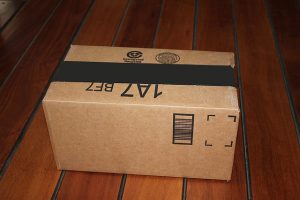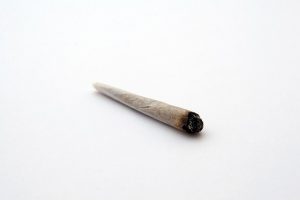PhytaTech is now offering water activity (Aw) testing, one of the most helpful tests for product stability and microbial contamination. Water activity is the partial vapor pressure of water in a substance divided by the standard state partial vapor pressure of water. It describes the energy status of water in a sample (how tightly “bound” water molecules are) and is, a thermodynamic measurement (Aw increases with temperature). Water activity is represented from 0.000 (dry) to 1.000 (pure water). Mathematically, this is represented as:
Aw = P/P0
where P is the vapor pressure of a sample and P0 is the vapor pressure of pure water. Another way to think about water activity is with respect to the relative humidity. The molecules of water in a product can be measured either as the relative humidity at equilibrium (R.H.) expressed as a percentage or as the water activity expressed as a decimal.
R.H. (%) = 100 * Aw (at equilibrium)
So why is this important for you? For two reasons:
- Water activity is a great way to measure shelf stability for your products, and
- Microbes cannot grow below certain water activities.
Shelf Stability
Water activity controls microbial growth and allows the product to be safely stored without refrigeration. By controlling the water activity of your products, you can maintain the chemical stability of your products ingredients (THC or CBD), minimize browning reactions and lipid oxidation reactions, prolong the life of vitamins and other beneficial ingredients, control moisture migration from packaging and the environment, and protect product textures and other physical properties. Remember that the degradation rate of your products will increase as the water activity increases.
So how do you manipulate the Aw? The simplest way to reduce water activity is by cooking, baking or dehydration, i.e. any process which will drive off water. The second way involves tying up the free water by the addition of solutes, usually salts or sugars. For more product formulation strategies please contact PhytaTech.
Microbial Contamination
Higher aw substances tend to support more microorganisms. Most foods have a water activity above 0.95 and that will provide sufficient moisture to support the growth of bacteria, yeasts, and mold. The amount of available moisture can be reduced to a point which will inhibit the growth of the organisms. This is because all microorganisms need water to live and proliferate. If the water activity of food is controlled to 0.85 or less in the finished product, it is not subject to further regulations such as the FDA’s GMP guidelines, potentially hazardous food (PHF) designations, or Hazard Analysis and Critical Control Points (HACCP) analysis.
By testing the water activity and formulating your products to a water activity value of 0.85 or less and/or a pH level of 4.6 or less, products can be stored at room temperatures for a specified period of time, saving costly refrigeration space without endangering public health



